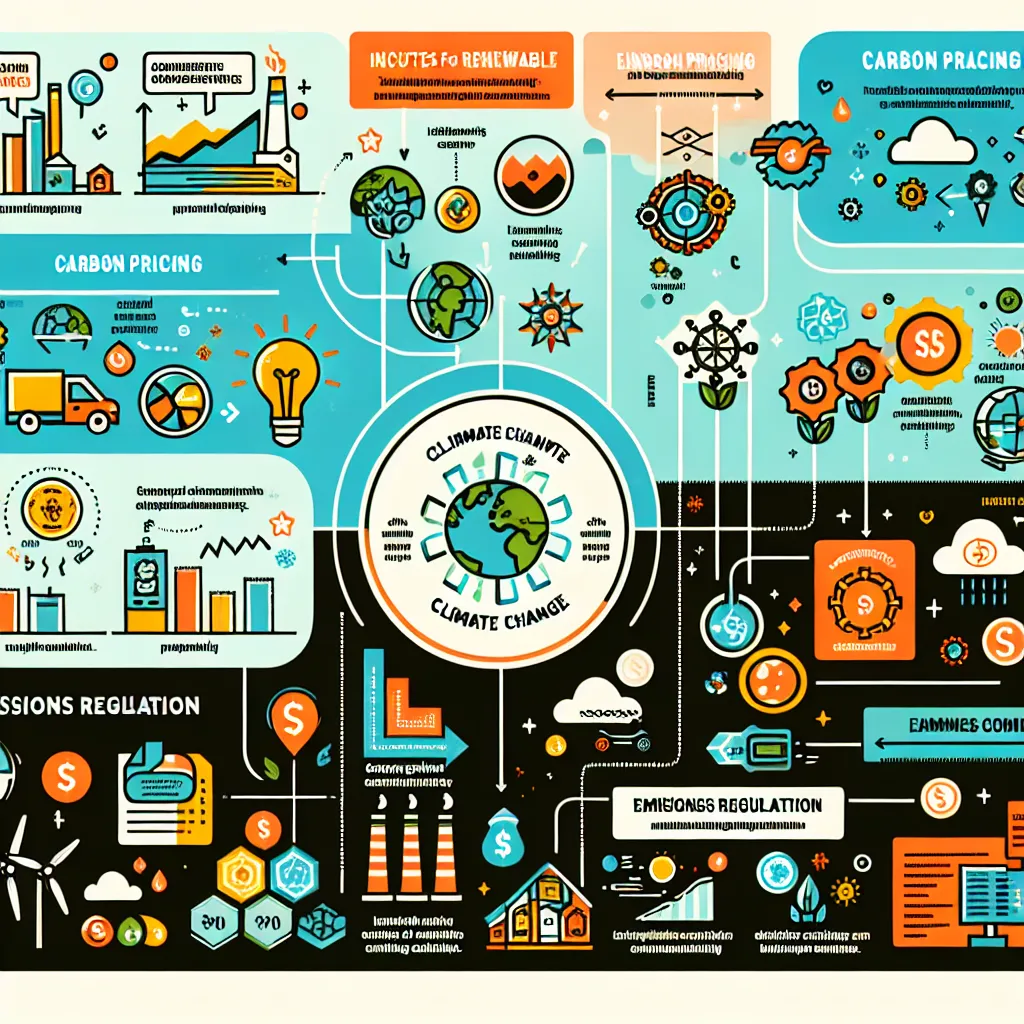The impact of the internet on traditional media is a recurring theme in IELTS Writing Task 2. This topic has appeared frequently in past exams and is likely to continue being relevant in future tests due to its ongoing significance in our digital age. Let’s explore a sample question and provide model essays to help you prepare for this potential IELTS Writing Task 2 topic.
Nội dung bài viết
Analyzing the Question
Some people think that the internet is killing traditional media such as newspapers and magazines. To what extent do you agree or disagree with this statement?
This question asks for your opinion on whether the internet is causing the decline of traditional print media. It’s an “agree or disagree” type question, which means you need to clearly state your position and support it with relevant examples and explanations.
Model Essay (Band 8-9)
The digital revolution has undeniably transformed the media landscape, leading many to believe that the internet is sounding the death knell for traditional print media. While I agree that the internet has significantly impacted newspapers and magazines, I do not believe it will completely eradicate these traditional forms of media.
The internet has undoubtedly posed significant challenges to traditional media outlets. First and foremost, online platforms offer instant access to news and information, often for free, which has reduced the demand for paid print subscriptions. Moreover, the interactive nature of digital media, allowing for real-time updates and user-generated content, has created a more dynamic and engaging experience that print media struggles to match. This shift in consumer preferences has led to declining readership and advertising revenues for many newspapers and magazines.
However, it would be premature to declare the demise of traditional media. Many print publications have successfully adapted to the digital age by developing online presences and hybrid models. These strategies allow them to maintain their brand identity while catering to changing consumer habits. Furthermore, print media still holds certain advantages, such as in-depth analysis, credibility, and a tactile reading experience that many people continue to value. Specialized magazines and local newspapers, in particular, often serve niche markets that are not easily replaced by generic online content.
 Newspaper and internet
Newspaper and internet
The relationship between the internet and traditional media is evolving into one of coexistence rather than outright replacement. Many consumers now engage with both digital and print media, depending on their specific needs and preferences. This complementary approach allows for a more diverse and rich media ecosystem, where the strengths of both formats can be leveraged to provide comprehensive information and entertainment.
In conclusion, while the internet has undoubtedly disrupted the traditional media landscape, it has not rendered newspapers and magazines obsolete. Instead, it has forced these industries to innovate and adapt, leading to a more diverse media environment. The future of media likely lies in a balanced approach that combines the immediacy and interactivity of digital platforms with the depth and tangibility of print media.
(Word count: 349)
Model Essay (Band 6-7)
In recent years, the internet has become a major source of information for many people, leading some to believe that it is causing the decline of traditional media like newspapers and magazines. While I agree that the internet has had a big impact on these traditional forms of media, I don’t think it will completely replace them.
It’s true that the internet has changed how people access information. Many people now prefer to read news online because it’s fast, free, and easily accessible. This has caused problems for newspapers and magazines, as fewer people are buying them. Also, advertisers are moving their money to online platforms, which makes it harder for traditional media to make money.
However, I believe that newspapers and magazines still have a place in our society. Many people still enjoy reading physical copies of newspapers and magazines. They like the feeling of holding a paper and turning pages. Also, some people trust traditional media more than online sources because they think the information is more reliable.
Another reason why traditional media won’t disappear is that they are adapting to the digital age. Many newspapers and magazines now have websites and apps where people can read their content online. This allows them to reach more readers and stay relevant in the digital world.
In conclusion, while the internet has certainly affected traditional media, I don’t think it will completely kill newspapers and magazines. These traditional forms of media are finding ways to survive in the digital age, and many people still value them. The future will likely see a mix of both online and traditional media.
(Word count: 269)
Key Points to Remember When Writing
-
Structure: Both essays follow a clear structure with an introduction, body paragraphs, and a conclusion. The band 8-9 essay has more sophisticated paragraph development and transitions.
-
Language: The band 8-9 essay uses more advanced vocabulary and complex sentence structures, while the band 6-7 essay uses simpler language but still maintains clarity.
-
Arguments: Both essays present balanced arguments, but the band 8-9 essay provides more detailed examples and explanations.
-
Coherence: The band 8-9 essay demonstrates stronger coherence with clear topic sentences and better use of linking words.
-
Task Response: Both essays directly address the question, but the band 8-9 essay provides a more nuanced response with deeper analysis.
Vocabulary to Remember
-
Media landscape (noun) /ˈmiːdiə ˈlændskeɪp/: The overall environment in which news and information are communicated.
-
Death knell (noun) /deθ nel/: A sign or warning of the end or failure of something.
-
Eradicate (verb) /ɪˈrædɪkeɪt/: To completely destroy or get rid of something.
-
Hybrid models (noun) /ˈhaɪbrɪd ˈmɒdlz/: Business models that combine elements of traditional and modern approaches.
-
Niche markets (noun) /niːʃ ˈmɑːkɪts/: Specialized segments of a larger market.
-
Coexistence (noun) /ˌkəʊɪɡˈzɪstəns/: The state of existing together at the same time or in the same place.
-
Ecosystem (noun) /ˈiːkəʊsɪstəm/: A complex network or interconnected system.
-
Obsolete (adjective) /ˈɒbsəliːt/: No longer in use or no longer useful.
-
Tangibility (noun) /ˌtændʒəˈbɪləti/: The quality of being able to be touched or felt.
-
Disrupt (verb) /dɪsˈrʌpt/: To cause disorder or turmoil in.
Conclusion
The impact of the internet on traditional media is a complex and evolving topic that is likely to remain relevant in IELTS Writing Task 2. When approaching this subject, consider discussing the challenges posed by digital media, the adaptations made by traditional outlets, and the potential for coexistence between old and new forms of media. Practice writing essays on related topics, such as:
- The role of social media in modern journalism
- The importance of print media in the digital age
- The effects of online streaming on traditional television
Remember to structure your essay clearly, use a range of vocabulary, and provide specific examples to support your arguments. Feel free to share your practice essays in the comments section below for feedback and discussion. This active engagement will help you improve your writing skills and prepare effectively for the IELTS exam.


